What will you find in our March 2022 edition?
Search Engine Optimisation (SEO)
TikTok overtakes Google as the most popular website domain
Google pulls-back on automated meta titles after receiving negative feedback
Paid Media (PPC & Paid Social)
Meta rolls out Facebook Reels to more than 150 countries
Three new changes coming to Google Ads automated extensions
Microsoft Advertising rolls out dynamic descriptions for DSAs
Digital PR, Link Building & Content Marketing
Half of Twitter users are ‘lurkers’
Google explains how the value of backlinks isn’t always what it seems
Don’t worry too much about the location of internal links in your content
Let’s start with SEO…
TikTok overtakes Google as the most popular website domain

According to a report by Cloudflare, TikTok rose above Google.com in terms of popularity in the tail end of 2021. This is an astonishing achievement for the Chinese-owned company, as Google has reigned supreme for many years, closely followed by Facebook.
So, what does this mean for your digital marketing campaigns? We’re certainly not suggesting that you should cancel your 2022 plans for growing your site through search engine optimization and Google Ads. It’s important to remember that whilst TikTok have overtaken Google in terms of popularity, the number of Google users is still increasing year-on-year. If anything, this should demonstrate that there are alternative sources of traffic to consider in 2022.
So, if you’re looking to keep up with the current trends, now could be the perfect time to explore TikTok as a viable source of social media traffic for your business.
Google pulls-back on automated meta titles after receiving negative feedback
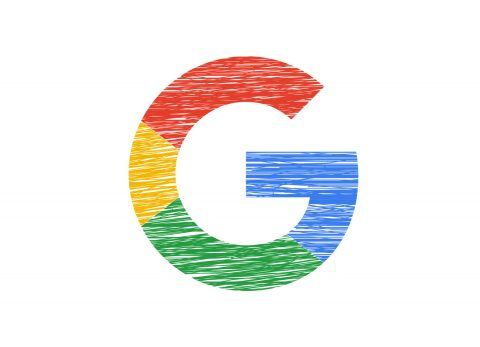
Google has announced that they are rolling back on the severity of their web-wide meta title re-writes. Last year Google started automatically re-writing meta titles to show new versions in the SERP which the search engine believed to be more accurate. However, many of these re-writes were simply pulling content through from the page itself, often from the H1 heading instead of the meta title specified by the webmaster in their CRM.
The roll back on the severity of their web-wide meta title re-writes is presumably because of instances where their re-written title was inaccurate or a false representation. Most notably, HMRC’s website had its meta title re-written to “HM Revenue & Customs – Tax Avoidance – Gov.uk”… not a great look for the very organisation aiming to reduce tax avoidance! Google say that in 87% of cases the original meta title will now show.
We advise that you should still specify your preferred meta title by submitting it into your CRM. The meta title itself is thought to be a strong ranking factor so even if Google decides to re-write it they may still use your specified title as a ranking factor. This means that the keywords that you include here will likely support your page in ranking for these terms.
If your title is being re-written to something that it completely irrelevant, your best chance at changing this is to make sure that your H1 heading matches your desired meta title. Simply update them and re-submit the URL for crawling and indexing through Google Search Console.
Moving onto Paid Updates…
Meta rolls out Facebook Reels to more than 150 countries
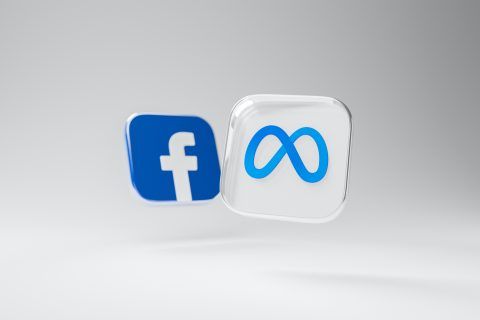
After launching a new content style to better compete with TikTok, Meta is doubling down with Facebook Reels by expanding them to more than 150 countries. Alongside this Meta are also adding numerous monetization features to help jump-start the TikTok-style videos.
On the face of it this is great news. Both organic and Paid videos tend to perform extremely well on social media. Short videos are excellent for engagement and interactivity, and they’re great for passing on useful tips and information.
These new features are also going to make it easier to advertise to other countries. Being able to market your videos as short reel style versions will enhance the experience for users across the world, giving advertisers more opportunity to create content that’s engaging. Whether Facebook will be able to compete with TikTok is a different matter, however we think it’ll improve the content we see on the platform and with that typically comes improved results.
Three new changes coming to Google Ads automated extensions
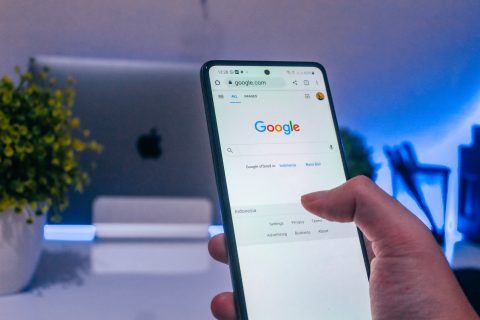
Google Ads has announced three changes to automated extensions – a type of ad extension that is created dynamically when it’s “predicted to improve your performance.”
1: Automated and manual extensions can be shown together. Starting in mid-March, automated extensions can be shown with manually created extensions. So, if you have created two sitelinks manually, Google ads can show two dynamic sitelinks, for a total of four sitelinks.
2: Reporting. In the coming weeks, Google Ads will provide a report for “automatically created” extensions. You can view these in the table view of the Extensions page.
3: Can be added at ad group, campaign, or account level. Also starting in mid-March, sitelinks, callouts, and structured snippets from higher levels in your account can serve with extensions of the same type from lower levels.
We suggest paying attention to these changes in the coming weeks and months as you may see automated extensions appear more frequently. It is also important to analyse the reports to see the impact of any automated extensions and pause/remove them if they are not having a good impact.
Microsoft Advertising rolls out dynamic descriptions for DSAs
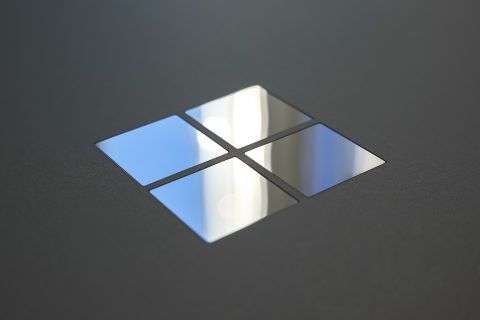
Microsoft Advertising has launched dynamic descriptions for Dynamic Search Ads (DSA). Advertisers can now opt for dynamic descriptions, but starting in April, all existing DSA campaigns will be forced over to dynamic descriptions and it will also become the default option for new DSA campaigns.
Historically, DSAs would allow us to write our own descriptions that appear with dynamically generated headlines that are taken from site content. This update removes the control we have over the description in our DSA.
Microsoft Ads have revealed that advertisers can opt out of this change, but it will be the default moving forward, so if you don’t want this change on your account, be sure to opt out when the change happens in April.
Digital PR, Link Building & Content Marketing…
Half of Twitter users are ‘lurkers’

Instead of just creating content for Google’s algorithms, the advent of trending content means that content marketers are also increasingly turning to social media platforms such as Twitter to promote their content to new audiences. However a new study by the Pew Research Center has found that 49% of Twitter users tweet less than five times a month, qualifying them as ‘lurkers’.
It found that even when lurkers do Tweet, they are more likely to reply to someone else rather than post themselves. Their research also reveals that the majority of Twitter’s posts are made by a small number of highly active users. Most lurkers were identified as being between 30 and 49 years of age.
The implication of this for content marketing strategies is that lower than expected engagement metrics for your content on Twitter may not always reflect reality. Lurkers may still be reading your content, but just not commenting on it. This is why it is important to use tools such as Google Analytics to see where your traffic is coming from, and how long they stay on any web page you promote via the platform.
Google explains how the value of backlinks isn’t always what it seems
Google’s John Mueller has revealed more about it how it uses external backlinks as a ranking signal, indicating that the value of a link isn’t only proportional to the authority of the website its on.
We have known for a very long time that backlinks from other websites can add value to your website’s authority – which is one of the most important factors that influences how well it is able to rank competitively in search engine results. Over the past several years the SEO community has come up with many different ways of trying to quantify this value, in the form of domain authority metrics (such as Moz’s Domain Authority or Ahref’s Domain Rating) and other categories such as follow vs no follow links.
However, in a video hangout Mueller said that links are not always given the full weight (as a ranking signal) that one might expect based on the website that the link is from. His comments also indicate that the search engine takes into account a number of different factors when it comes to links, and that the value can vary. He said: “…we don’t give every link that we find full weight. So even if we are not sure, something can be somewhere in between. But it is a number of things we take into account there.”
This makes sense, as Google as previously said that they don’t count links on the domain level and instead judge links based on its own merits (or not) and the individual URL it sits on.
The upshot of this relatively vague statement for digital PR and link building is that it makes evaluation of results trickier, even if we still know that backlinks are still very important when it comes to SEO.
Don’t worry too much about the location of internal links in your content

In our last Kooznews our study revealed that using internal linking to spread authority to key pages in your website is one of the most underrated SEO factors that can impact performance in search engines. Internal links are when you link between two pages on the same website (rather than links from external websites).
While this may be the case, Google has come out to say that the exact location of internal links on a page of content does not necessarily matter too much from this point of view if they are in the body text, footer or header. For internal links, Google’s John Mueller said that anchor text helps the search engine to understand the context of the page and to crawl the site, but that the location of the link on the page isn’t necessarily so important. However the location of content more generally is still important when it comes to helping Google understand the primary context and what it’s about.
The upshot of this is not to focus too much on the location of internal links on the page when thinking about your internal linking strategy. Instead, focus on tailoring the structure of your content to help Google understand it better.
New content to get stuck into
We’ve always got some new blog content to cast your eyes over. Our Koozians have been busy putting blog content together, so you have a great source of information for any SEO, Paid, Content or PR queries and questions. We’ve recently published the following:
Overlooked Factors During Site Migrations
Above-The-Line Vs Below-The-Line Marketing [Infographic]
The Best eCommerce SEO Checklist For Organic Growth
Getting creative & Koozai news
This month marks two years since the beginning of the first lockdown, and what a rollercoaster ride it has been! Despite challenges presented by the pandemic, we are delighted to report that us Koozians have gone from strength to strength and are achieving some really impressive results for our clients and the business.
We are really proud of how the Koozai team and our clients have really pulled together to support each other during the pandemic, which has proved crucial to all of our success.
Our achievements over the last two years include:
- 9 new clients won
- 20% of our annual turnover came from upsells with existing clients who are looking to invest more in digital marketing with us as online business booms
- An impressive client retention rate of 95%
- A staff retention rate of 92%
We have also had some fantastic feedback from clients this year (which always warms our hearts!) including from our client Stannah:
“The Stannah team loves working with Koozai, their clear comms, insightful strategy and ability to drive results is exactly what we look for in a partner. We look forward to continued success working together” – Suzanna Harley Digital & Data Marketing Executive
Not only that, but this month we are also celebrating the one-year anniversary since our Managing Director Sophie Roberts officially took over the reins by buying the controlling share of Koozai during the height of the pandemic. During this time, we have also been many personal wins for our team too, including weddings, babies and first homes! We’re very proud of how far we’ve come and are looking forward to another great year.

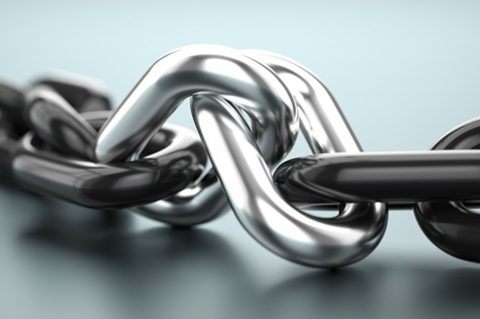

Leave a Reply